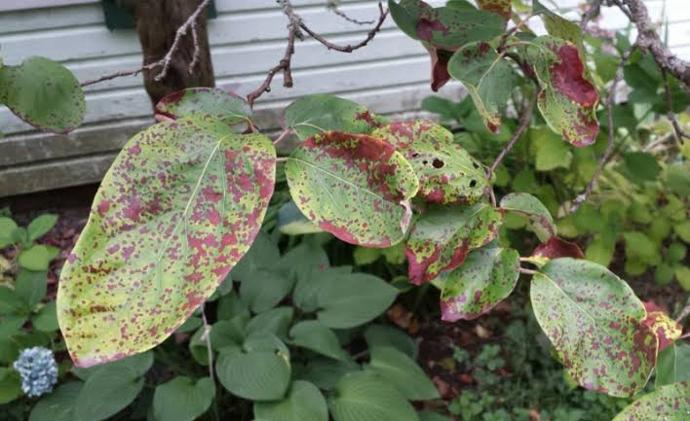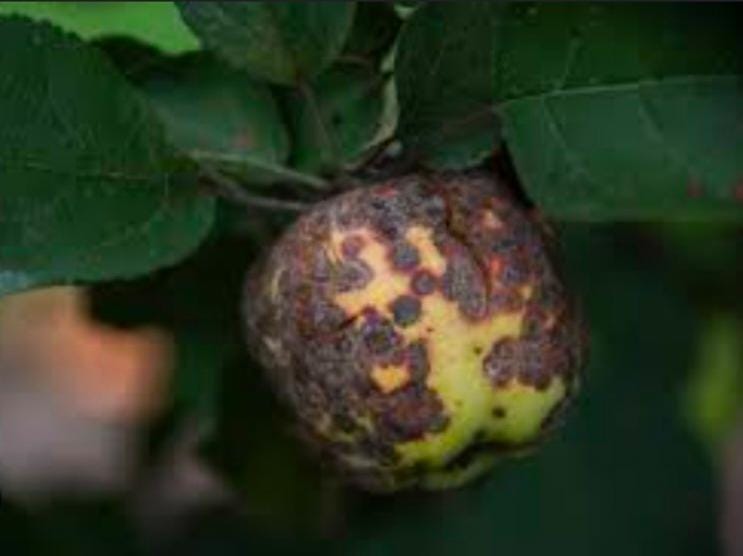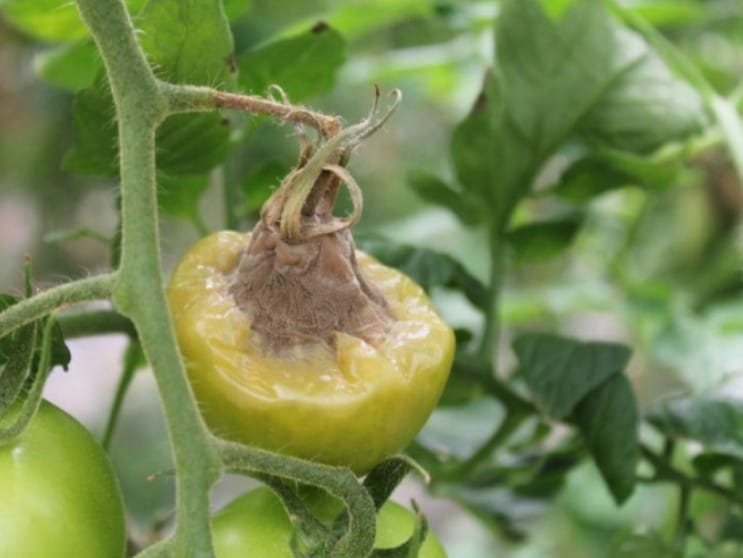Japanese Quince
Japanese quince (Chaenomeles japonica) shrubs/trees, 5-10 feet tall in Zones 4-8, exhibit moderate growth in well-drained soil and full sun. The fruits of Japanese quince are hard and used in cooking or preserves.
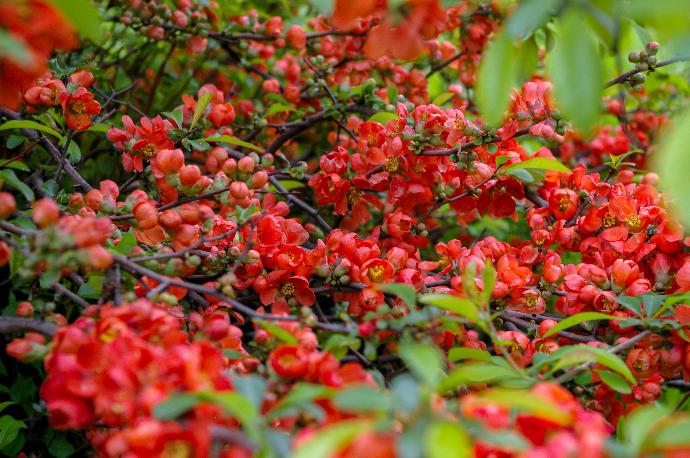
Habit
Shrub
Height
1 to 2 m
Growth
Moderate
Soil
Well-drained, Loamy
Shade
Full Sun
Moisture
Moderate
Edible
Yes
Medicinal
Yes
Origin
Japan
Climatic Condition
Temperate, Subtropical
Temperature (°)
15°C to 25°C
Humidity (%)
50% to 70%
Potting media
50% Loam, 40% Sand, 10% Organic Matter
Fertilizers
Organic Fertilizer
Watering
Regular watering
Plant Weight
3 to 6 kg
Flowering Time
Spring to Summer
Soil Ph level
6.0 to 7.0
Water Ph level
6.0 to 6.5
Soil EC
0.6 to 1.0 mS/cm
Yield Per Plant
6 to 10 kg per plant
NPK ratio
10:10:10
life Span
10 to 15 years
Health Benefits
Antioxidant, Anti-inflammatory
Suggested Grow Media or Potting Mix ?
50% loam, 25% compost, 25% sand
Suggested Fertigation/Fertilizers
Fertilize every 4 weeks with a balanced fertilizer.
Common Diseases and Remedies
Brown Rot , Leaf Blight .
Death of young blossoms , twigs and leaves , Dark red spots on the leaves and defoliation .
Remove the mummified fruits , Proper Sanitation .
HEALTH BENEFITS
· High in vitamin C
· Used for respiratory health
What is the Japanese quince plant?
Chaenomeles japonica, also known as Japanese papaya or Maule papaya, is a flowering plant native to Japan. It is a widely grown thorny, deciduous shrub. It is shorter than the other cultivated species, C. spiosa, and is only 1 m high.

What Are The Different Types Of Japanese Quince
1. Chaenomeles
Shows Growth. We have been growing Japanese papaya (Chaenomeles japonica) in Caerhays for over 100 years.
2. Poem.
Chaenomeles speciosa is a deciduous tree native to China.
3.KAENOMELLER xSuper "Pink Lady"
Straw papaya, Japanese papaya. Pob fear rose liab.
4.CHAENOMELES x Papaya 'Red and Gold'
Straw papaya, Japanese papaya. Dark red petals with golden anthers.
5.CHAENOMELES x superba 'Jet Trail'.
Papaya flower, Japanese papaya. On the back of dwarf habit with large white flowers.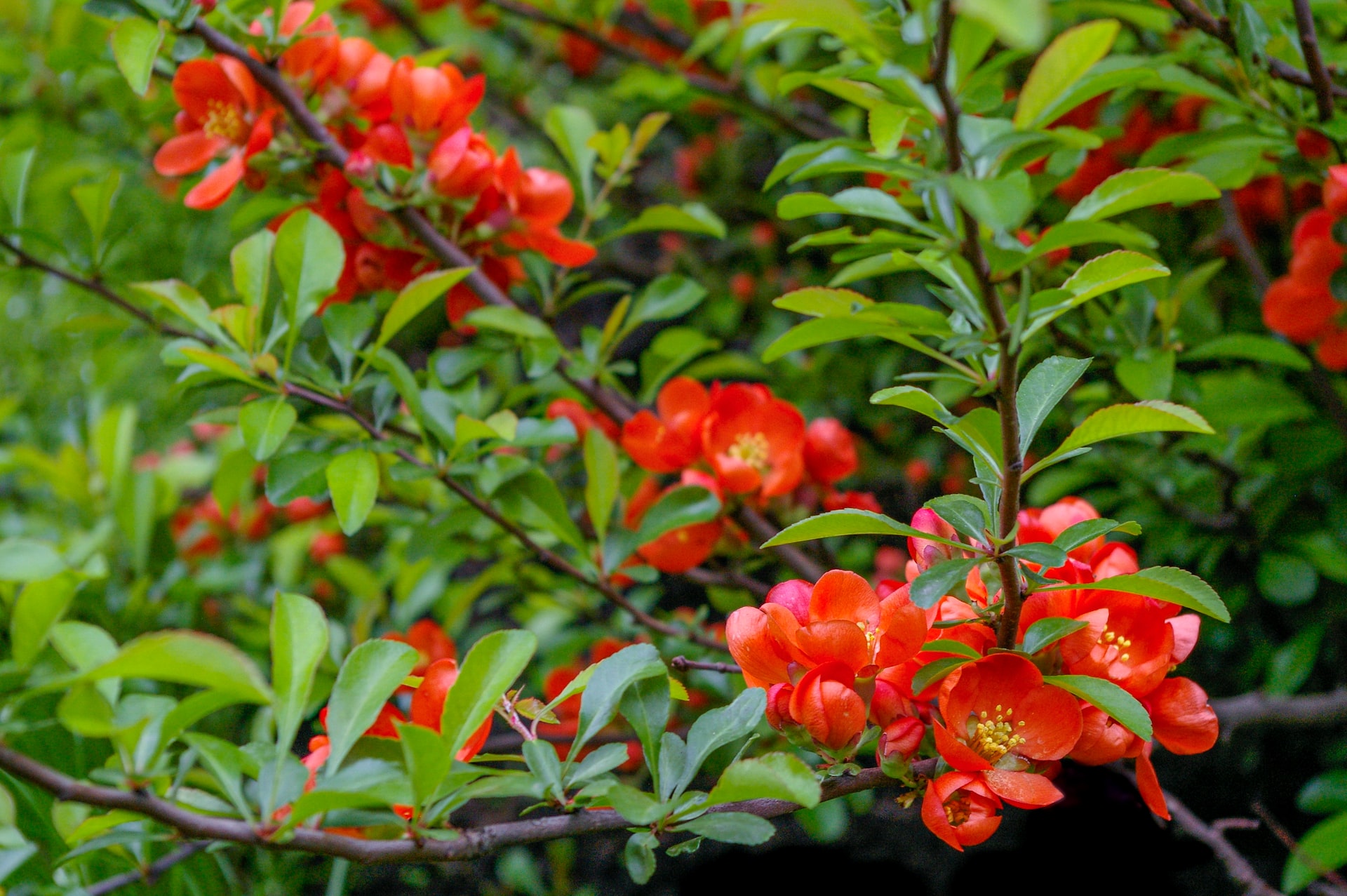
How to care for Japanese quince plants?
The basic care for growing Japanese Papaya are: Grow in the sun for best results, although the plant can tolerate partial shade. Water about 1 inch per week, especially during the dry season.
Location
Chaenomeles japonica, also known as Japanese papaya or mole papaya, is a species of papaya native to Japan.
Sunshine
Also great as a Bonsai tree. Japanese papayas grow well in many conditions but do best in full sun and slightly acidic soil.
Terrain
Japanese papaya can adapt to many types of terrain. However, it gives best results in neutral, fertile, moist and well-drained soils. The plant can tolerate some dryness once established.
Hydration
Japanese papaya flowers require 0.8 cups of water every 9 days when out of direct sunlight and placed in a 5.0 inch pot. Use our watering calculator for personalized watering recommendations for your environment or download Greg's best recommendations for all your plants.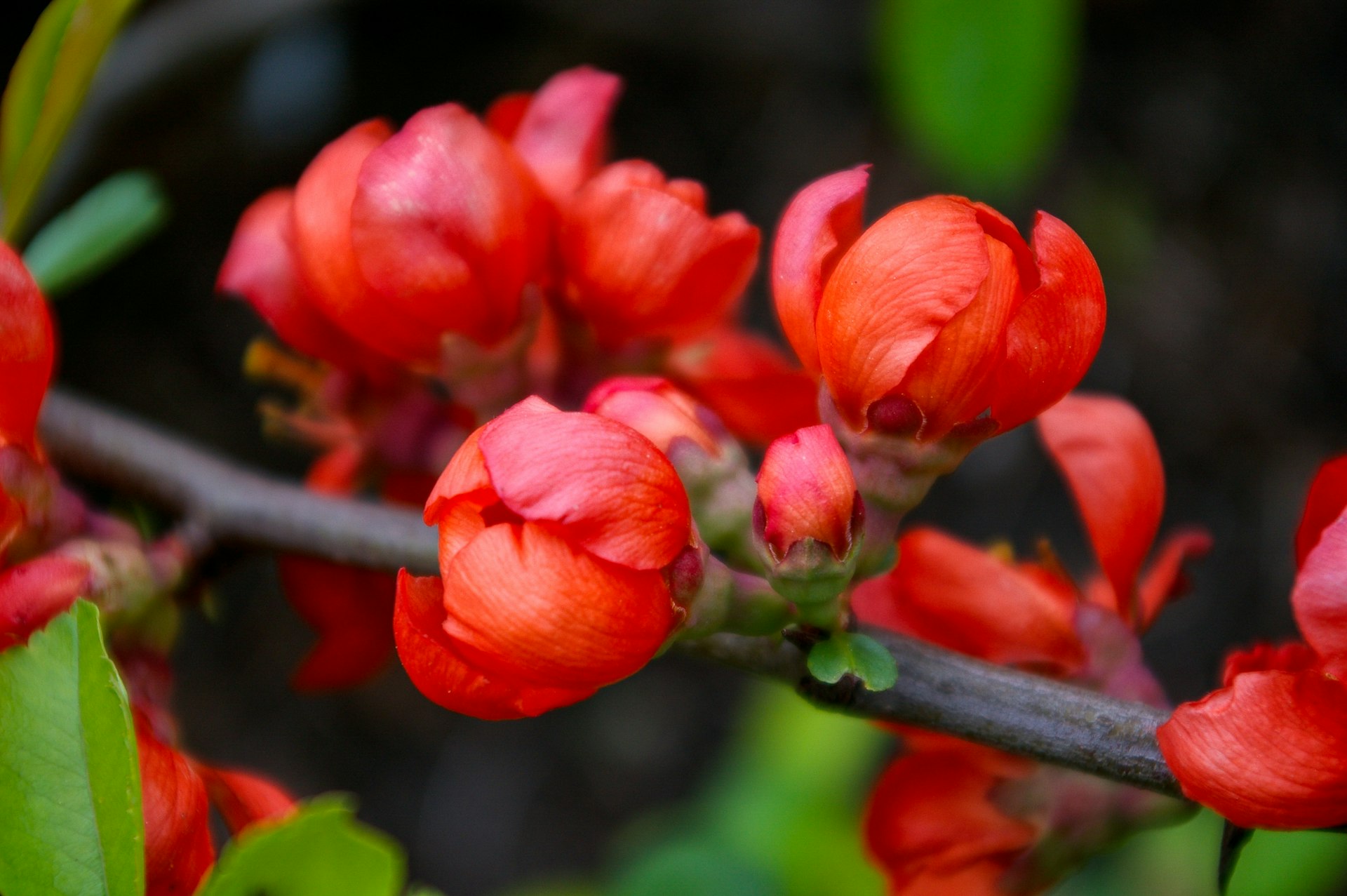
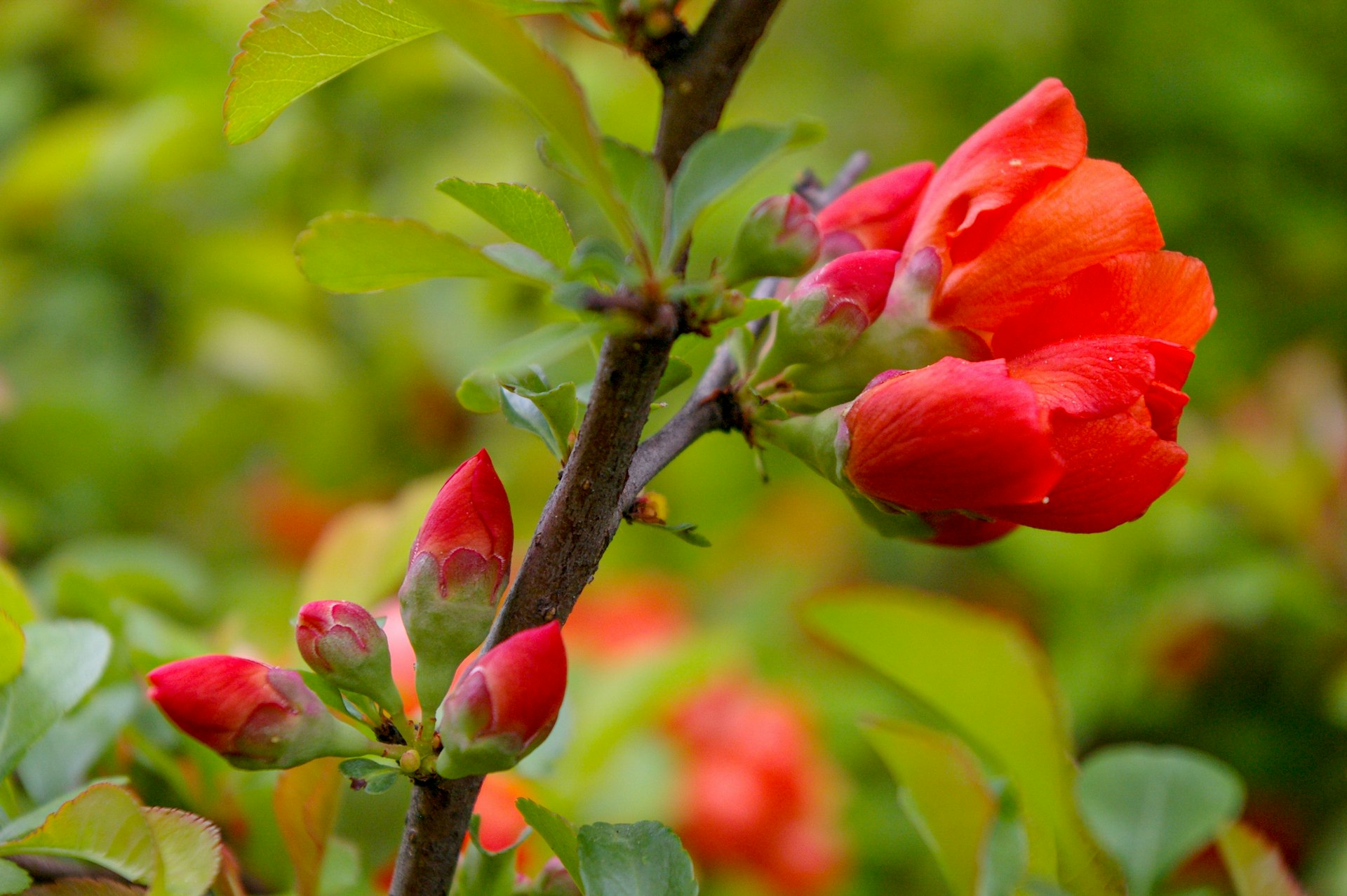
FAQs About Growing Japanese Quince
1. What are the uses of Japanese papaya?
Fruit - Eat raw or cooked. Instead of lemon, fruits that soften when exposed to cold can be used. The fruit contains a large amount of pectin, which is used in making jam. In Japan, sake is made by mixing quince with sugar and alcohol.
2. Is Japanese papaya (quinzi)contagious?
Although Japanese flowering quince is a beautiful, tidy plant, it is often not sold because it does not resemble other quince species and hybrids. This habit is open and broad with a connection of spiny stems.
3. How big is a Japanese quince?
Grows in dense clumps, 2-3 ft (60-90 cm) tall, 3-6 ft tall. Wide (90-180 cm).
4. What kind of medicine is used for papaya?
Apply a balanced solution (e.g. 10-10-10) once in early spring. Papaya is adaptable, easy to grow, and resistant to pollution. Pests and Diseases: Caused by fire blight, canker, rust, apple scab and insects. Companions: Spring-blooming shrubs, bulbs and perennials.
5. Can papaya be dried?
Drying papaya is a great way to preserve its flavor and aroma while reducing its water content. Start by cutting the quince into thin, even slices. Place them on the dehydrator tray, being careful not to overlap them.

